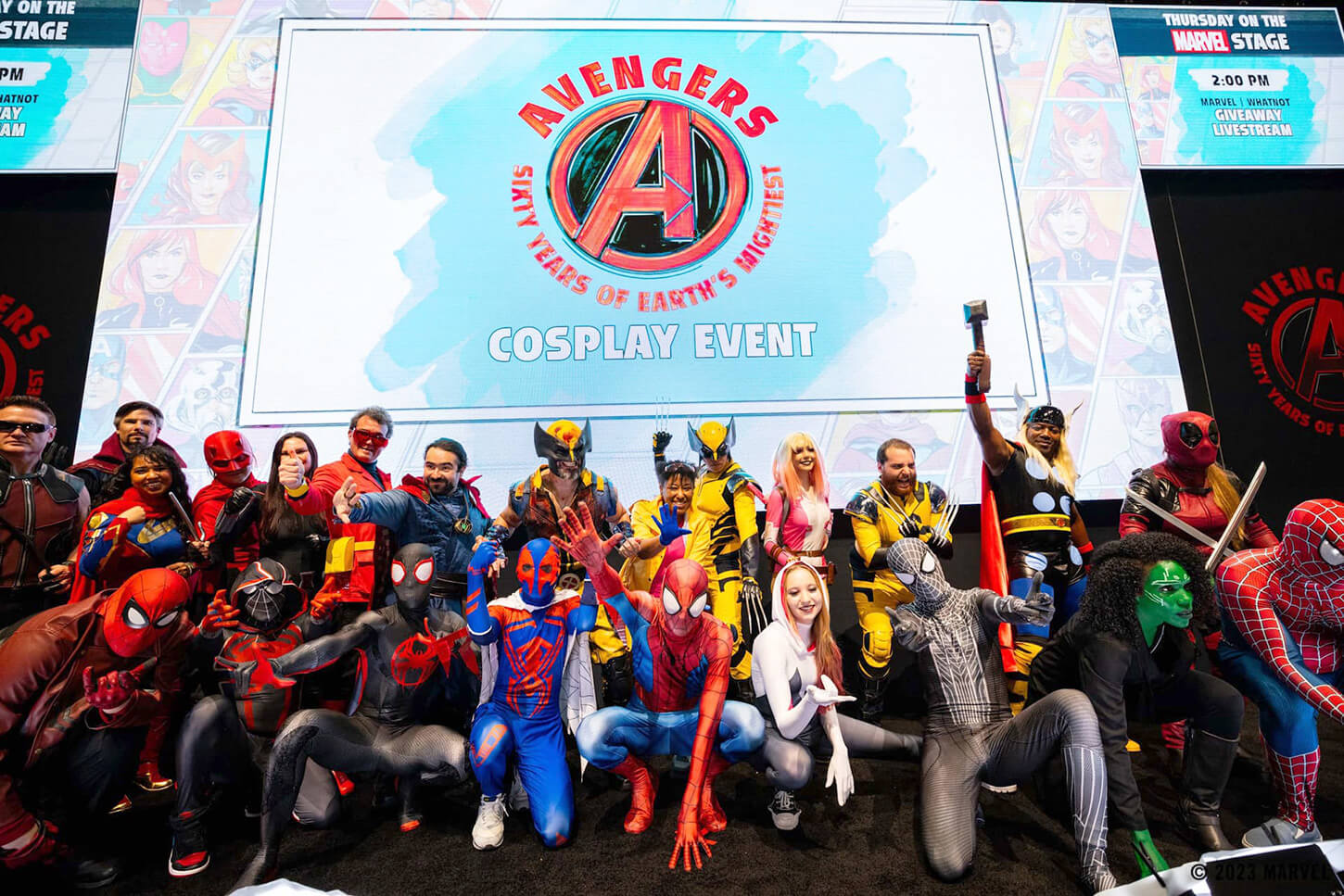Cosplay has gained ground in pop culture for a while. It is one of the few mainstream activities where people of like minds come together and socialize. The activity started as a pastime for some anime fans in Japan. However, it has grown significantly into a global phenomenon.
Many people might be wondering about how cosplay has managed to become such a widespread activity. This article will answer that.
The Birth and Origin of Cosplay
Unlike today, where it is easy to enjoy the thrills of playing games with a $5 minimum deposit casino, people in the olden days didn’t have enough resources to explore games.
The origin of cosplay dates back to the 1970s. It was named by a Japanese reporter, Nov Takahashi, who noticed irregularities in how some people dressed at an event in Los Angeles. The way they’re dressed was a mimic of characters from sci-fi and fantasy movies. He then coined “cosplay” by merging “costume and play” into one word.
Cosplay quickly caught their attention in Japan, becoming a popular pastime for pop lovers. The Japanese established a platform called “Anime Conventions,” where they can show off their creations.
This explains why cosplay started as a show of fandom, where people will dress up to mimic their favourite characters in comic books, video games, animation, sci-fi movies, and other sources from movies and TV.
How Cosplay Evolved From Fandom to Mainstream
The history of cosplay is a fascinating journey that showcases its evolution and how it rose to popularity. Cosplay, once a niche hobby for dedicated fans, has become generally accepted, transcending borders and generations.
Pop culture is constantly shifting and evolving. Also, considering that cosplay events often took place in hotel rooms and other small venues for decades. It is surprising that it managed to survive and thrive in the niche.
Cosplay is a movement that thrives on doggedness and tenacity. Even when people were not embracing it, some dedicated enthusiasts still spent countless hours perfecting their craft, sewing intricate costumes, and recreating iconic characters.
Below is the captivating journey of cosplay, exploring its humble beginnings, meteoric rise, and impact on the entertainment industry and society.
The Anime and Manga Boom
The 1990s saw a significant shift in the world of cosplay, thanks in large part to the widespread popularity of Japanese anime and manga. Iconic series like “Sailor Moon,” “Dragon Ball Z,” and “Naruto” introduced Western audiences to a whole new world of characters to emulate.
Additionally, conventions like San Diego Comic-Con and Anime Expo became hubs for cosplayers to showcase their talents and connect with like-minded individuals. Cosplay started gaining momentum when the platform attracted thousands of attendees eager to flaunt their creative costumes.
The Digital Age and Social Media
Technological innovation has impacted the new era of cosplay. Cosplayers can now leverage the internet and social media platforms to share their creations with a global audience. These online spaces allowed for greater visibility and accessibility, attracting a broader range of fans and enthusiasts.
The mainstreaming of cosplay can be attributed to top social media platforms. As such, influential cosplayers can gain massive followers worldwide, turning their hobby into a sustainable career. Top social media platforms to connect with cosplayers include:
• DeviantArt
• Instagram
• TikTok
• Youtube
Hollywood Embraces Cosplay
Cosplay is gaining more attention from the entertainment industry, as cosplayers are now featured on TV shows and movies. This has also opened the eyes of the fashion industry to the value of the cosplay community, inviting cosplayers to conventions and promotional events. The mutual relationship between these industries and cosplayers has led to several ambassadorial deals for influential cosplayers. Some Hollywood movies that featured cosplay include:
• “Heroes Manufactured” (2016)
• “Paul” (2011)
• “Fanboys” (2009)
Impact on Pop Culture
Cosplay has come a long way to establish itself since its inception in Japan during the 1970s. Today, it has become a major activity and is no longer confined to niche events or subcultures.
Cosplay has become an integral part of pop culture and has even been recognized as an art form. It has recently become more diverse, allowing people to participate irrespective of gender, age, and background. Below is a table on how cosplay has impacted society and people.
| Influence on Society | Influence on a Person |
|---|---|
| Fosters inclusivity: Anyone can participate in cosplay regardless of age, status, and gender | Boosts self-confidence: Positive feedback and support from the community can help elevate self-esteem and self-assurance |
| Promotes creativity: Cosplaying is all about creating something. As such, it promotes artistic expression and craftsmanship | Sense of belonging: Connecting with people of like minds can help build solid relationships and reduce social isolation |
| Charitable contributions: Cosplay communities often do charity to the less-privileged, giving them a sense of inclusion | Personal growth: There is a high probability of learning a new skill as you make the next costume of your favourite character |
| Educational opportunities: Cosplay involves research, design, and construction, encouraging continuous learning | Career opportunities: Apart from making costumes, you can also leverage cosplaying as a career path. Depending on what suits you the most, you may venture into modelling, prop-making, or content creation |
| Positive representation: Cosplay doesn’t allow exclusion, as everyone is the same. Your nationality, race, or gender doesn’t matter | Emotional outlet: Cosplay can be a therapeutic outlet for stress and anxiety |
Conclusion
Cosplay has fought thick and thin to establish itself as a mainstream activity. It is now recognized as a global movement, spanning several decades and multiple countries. Recently, it has influenced the fashion and entertainment industries, explaining the growing diversity of its fanbase.
Cosplay is more than just dressing up to mimic your favourite character. It’s a celebration of imagination, a bridge between cultures, and a reminder that anyone can be a hero.




